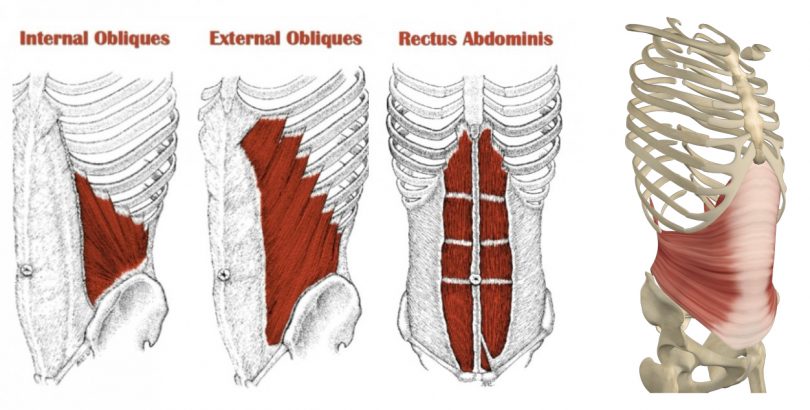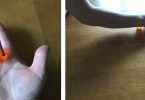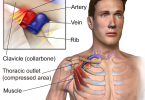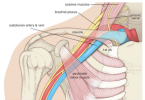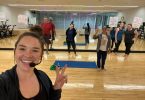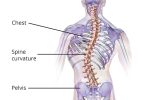A summary of my last article to refresh your memory …
The core muscles consist of two corsets: an inner and an outer. The inner corset has direct connections to the spine, and its contraction is crucial for low back stability. The outer corset does not have direct connections to the spine but acts to bend your trunk forward and twist it to each side.
The main muscle of the inner corset is the transversus abdominis. Its role is to compress the lower abdomen and tighten the lumbar fascia. The contraction of its lower fibres between the pubic bone and navel is crucial for low back stability. It does not bend, twist, or tilt the trunk.
The inner corset muscles are used to support your lower back to prevent problems from happening – and only 10 to 25 percent of your maximum effort is needed to create proper support. They are more difficult to activate and can be weak if you always focus on working the outer corset muscles. If you find you do not have good TA activation, you should focus on TA exercises before continuing with outer core muscle exercises.
How to Activate your Transversus Abdominis – Part 2
In my last article, I explained how to feel your transversus abdominis when kneeling. I suggest not graduating to this next exercise until you can feel a centralized lift in your core, mild activity in your lower abdomen and lumbar muscles independent of any contraction in your pelvic floor.
The following exercise is the next step in understanding proper TA engagement to help stabilize and support your low back.
Position yourself on a mat or carpet on your hands and knees. Align your wrists under your armpits and knees under your hips where your upper thigh and pelvis meet. If your ankles are uncomfortable, you can place a rolled-up towel under them. Relax your pelvic floor from any tightening or gripping.
Spread your fingers open and turn your arms out so the elbow creases face forward. Move your shoulder blades gently down your back and press your palms and fingers into the floor. Direct your gaze about one foot in front of your hands. Let your abdomen relax. Take a few moderate breaths through your nose, filling the front and back of your ribcage.
After a few breaths and on an exhale, very slowly draw your abdomen in between your pubic bones and navel and towards your back waist. Only a maximum of 25 percent engagement is needed. You should feel activity in your low back but no movement of your spine. Hold this for one breath in and one breath out and then release. If breathing is difficult, you are probably engaging the outer core muscles. It may take a bit to understand engaging just the TA muscles. Work up to holding for eight breath cycles.
By Gwen MacLean for Living Balance Clinic

